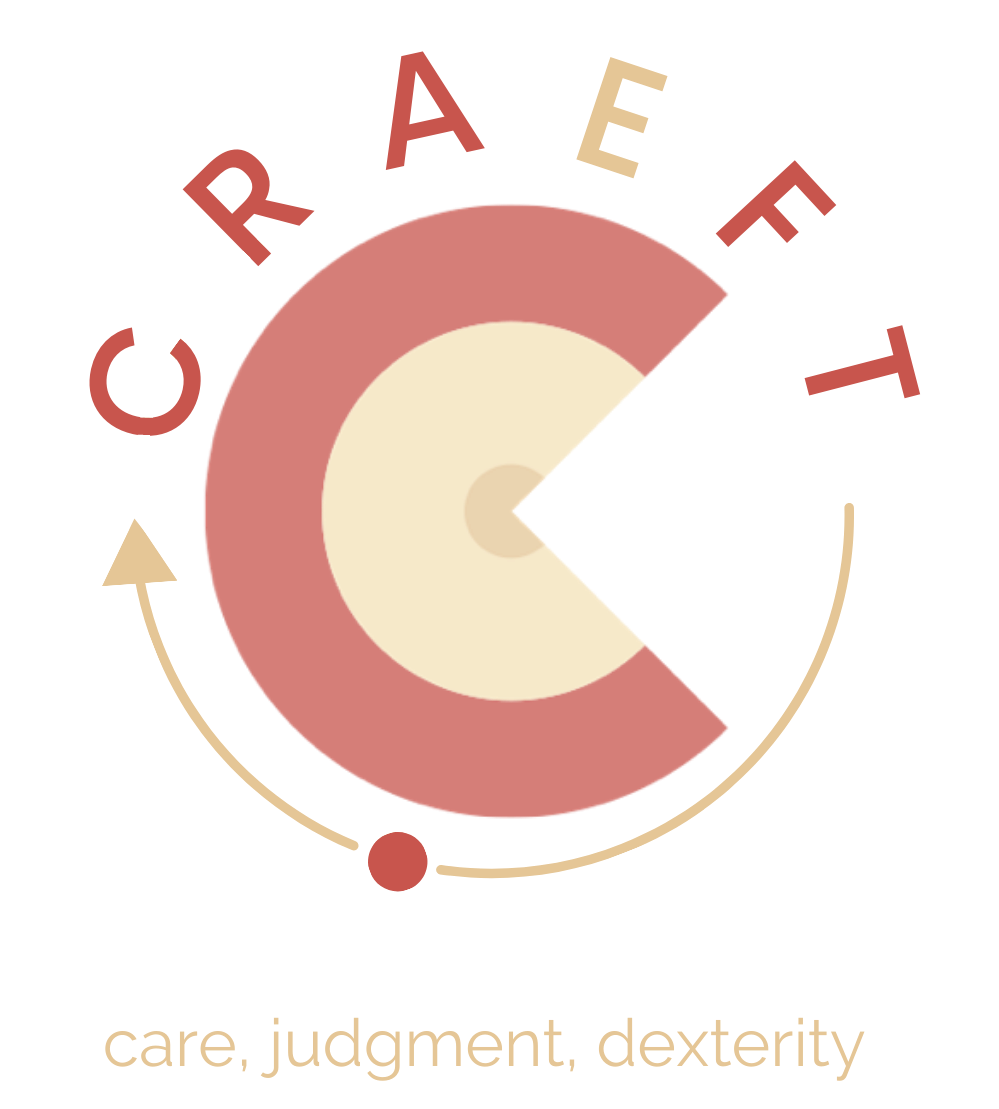Glassblowing
Description
The creation of a glass decanter by Jean-Pierre Mateus was recorded four times at Vannes-le-Châtel, France, in a European center for research and training in glasswork. The glassblower’s height was 177 cm, and his weight was 73 kg. Because the temperature of the glass had to be maintained throughout the process, each trial was recorded without pausing between gestures. This resulted in one motion file for each attempt, which starts with collecting the molten glass and finishes when the decanter is left to cool down.
Project
The recording was made as part of the CRAEFT project.
About CRAEFT :
Craeft will deepen our understanding of making activities that include “care, judgement, and dexterity” standing on Anthropology, Knowledge Representation, Cognitive Science, Art History, Advanced Digitisation, Audiovisual & Haptic Immersivity, and Computational Intelligence to cover the multifaceted expression of crafts as living and developing heritage, as a sustainable source of income, and as the expression of the mind through “imagery, technology, and sedimented knowledge”2. A generative approach will prove sufficiency for digital conservation, reenactable preservation, and scaling of approach for the full range of materials and techniques.
See more on CRAEFT website
EU CRAEFT funded by the European Union’s Horizon Europe research and innovation program under grant agreement No 101094349, as well as the ReSource project funded bv the program, “Skills and Jobs of the Future” France 2030 managed by the “Caisse des Dépôts et Consignations”.

Name convention and segmentation
The data available for download are summarized in the table below.
They correspond to the data protocol established for the CRAEFT project by the robotics center team, and were collected at CERFAV.
See detailed data acquisition protocol here.
| Motion data | Sound | Exocentric Video | Egocentric Video | |
|---|---|---|---|---|
| Availability/link | YES | YES | YES | YES |
| Frequency | 90Hz | 44100Hz | 50Hz | 50Hz |
| Definition | See Nansense biomed suit | _ | 2k | 2k |
| Structure | see below |
WAV file containing embeded timecode :
Stereo ambient WAV and Mono contact WAV |
MP4 containing embeded timecode : ALIGNED AND Segmented data ALIGNED | MP4 containing embeded timecode : ALIGNED AND Segmented data ALIGNED |
Glassblowing (GB*):
- Beak cutting (GBBC).
- Blowing and shaping (GBBS).
- Cervix refining (GBCR).
- Cord laying (GBCL).
- Finish details (GBFD).
- Handle laying (GBHL).
- Transfer to punty (GBTP).
- Leg and foot laying (GBLF).
EXP : Expert data
TRN : Trainee data
EGO : Egocentric video
FRT : Frontal / exocentric video
AMB : Ambient sound
CTC : Contact mic sound
Password: mo_worX1GBl*hc
Password: 3kns>F}7B?R>=hV
The glass decanter was created in three stages. To begin, inflate and shape the molten glass inside the decanter’s main body (container). The base was created next, followed by the handle. Next, the expert rolled and shaped the decanter throughout the task to prevent the glass from deforming due to gravity. Finally, an assistant was necessary to blow into the glass while the expert shaped the decanter’s main body.
GBBS: G03
GBCR: G01
GBCL: G03
For shaping the molten glass, the glassblower constantly rotated with his left hand the blowpipe while shaping the glass with his right hand. He utilized various tools with his right hand, including a wood block (GBBS: G01), jacks (GBCR: G01), soffietta (GBFD: G01), shears, and metal pencils. These were employed to give the glass the form of the decanter and to add further decorative details. The block is used to maintain the glass’s round shape. The jacks are used to shape the decanter’s cervix. The shears were utilized to cut the glass and form the decanter’s peak. The soffietta forms the decanter’s top. Metal pencils were then used to add the handle and extra glass details (cord around the neck) and make the foot (base) of the decanter.
GBBS: G01
GBCR: G01
GBCL: G03
Manipulating the tools required constant movement of the right shoulder, right arm, and right forearm. At the same time, the glassblower was seated, rotating back and forth with the left hand the blowpipe on a metal structure. Moving the blowpipe on the metal structure required a small bending to keep the grip of the blowpipe. Placing the handle or shaping the cervix with the jacks required at times for the glassblower to stand up, but he kept moving the blowpipe with the left hand. While forming the glass, the artisan frequently put the glass on the blowpipe into the furnace (GBBS: G05). He also continuously blew through the blowpipe while holding it horizontally at shoulder height with both arms to maintain the decanter’s round shape (GBBS: G02). After finishing, it was passed to a punty to cool down.
GBBS: G05
GBBS: G02
Metrics
Gesture recognition
| Method | Motion descriptors | Number of classes | Accuracy | F1-score |
|---|---|---|---|---|
| HMMs | Joint angles from all 52 IMUs | 7 | 0.917 | 0.816 |
| HMMs | Joint angles from: RFA and H | 7 | 0.810 | 0.801 |
| HMMs | Joint angles from: LSH2, RFA, H, SP3 | 7 | 0.842 | 0.850 |
* Hidden Markov Models (HMMs).
Motion generation
| Method | MAE | RMSE | Average U1 |
|---|---|---|---|
| KF-GOM | 19.211 | 42.918 | 0.540 |
| KF-RGOM | 12.916 | 29.097 | 0.292 |
| VAE-RGOM | 0.119 | 2.049 | 0.026 |
| ATT-RGOM | 0.220 | 2.204 | 0.028 |
